“We had an excellent and distinct program in International Business,” said Professor of English Socky O’Sullivan. “Its strength was a number of the faculty was superb and it was distinctive in that it was integrated with the liberal arts studies.” For O’Sullivan, the greatest issue is how the change will affect the student population. “I’m concerned about the effects on students in separating it into its own program,” he admitted.
Upon arriving at Rollins this year, returning students may have noticed a few of the structural changes to the college. The most noticeable of these changes has been the addition of the College of Professional Studies. A new school created from three existing departments within the College of Arts & Sciences: Communication, Education and International Business, it has led to the addition of another branch to the Rollins undergraduate program for the first time since the creation of the Hamilton Holt School in 1987.
Although this change affects only a specific group of Rollins students, it has led to numerous logistical changes within the college. According to Debra Wellman, the dean of the new college, the College of Professional Studies was created primarily to meet the requirements of the International Business program’s accrediting agency.
The Association to Advance Collegiate Schools of Business (AACSB) assesses the business programs under its accreditation every few years, and Rollins was struggling to find a way to meet its standards for the following spring.
In response to the conflict, President Duncan decided to create a separate school for the INB program, along with the Communication minor and the Education program, which also face accrediting issues. Although Rollins’ undergraduate program is now split into separate colleges, Dean Wellman emphasized that the change should be “seamless for students,” as the faculty in these majors work to improve the curriculum.
Numerous faculty members have expressed dissatisfaction with the divisons. Professor of History Barry Levis feels as though the college’s creation was “poorly handled by the administration” and “not well thought-through.”
Other professors expressed a similar sentiment. “The A&S faculty had not been informed of [the creation of the new school], so there was a lot of surprise and some consternation,” said Associate Professor of English Jill Jones, who also serves as this year’s president of the A&S faculty.
In addition to the manner in which the decision was carried out, a sense of apprehension also exists among some faculty members as to how the new college will affect the educational mission of Rollins. This worry stems from the results of a recent study published by sociologists Richard Arum and Josipa Roksa that measured the effectiveness of undergraduate business programs. According to the study, business majors – on average – study less, learn less and score lower on the GMAT than do students in other majors.
This raises concerns about the INB program’s division from the College of Arts & Sciences, as some fear that isolating it from the other majors could lead to lower performance for students. Despite this troubling data, President Duncan strongly emphasized his desire to keep the INB major, along with the other programs of the College of Professional Studies, closely tied to the liberal arts curriculum of the College of Arts & Sciences. He pointed out that many other liberal arts schools have similar pre-professional programs, and that students of the new college will still have the same general education requirements as the College of Arts & Sciences, thus preserving the multidisciplinary approach of a liberal arts education.
“We want students to feel well-prepared for the work world, but we don’t want to get into vocational education at all,” stressed Duncan. “The original name [for the College of Professional Studies] was actually going to be ‘College of Liberal and Professional Studies.’” Despite the president’s assurances, there remains an atmosphere of tension among the faculty. “Rollins seems to be moving backwards towards programs that have been proven ineffective,” commented Dr. O’Sullivan. “Why replace a good program with one that seems to be bad?”
But President Duncan stands by his decision, highlighting society’s changing expectations surrounding undergraduate education. “People want the breadth of a liberal arts education, but also want to be able to expand their pre-professional opportunities,” he said. “We can either waste time and resources to resist change and deepen roots, or we can build sails and change with the wind.”

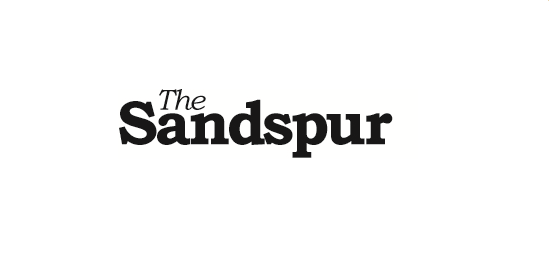
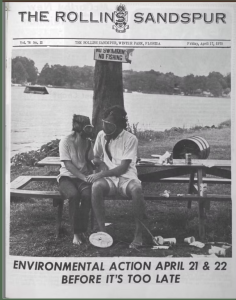

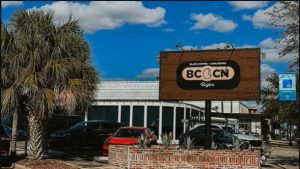


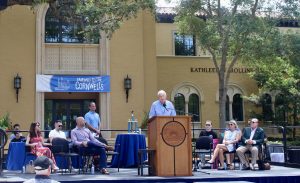
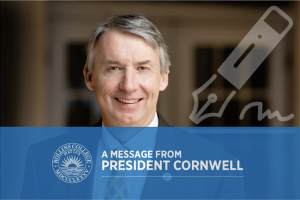
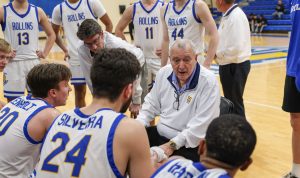

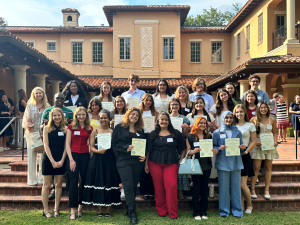
Be First to Comment